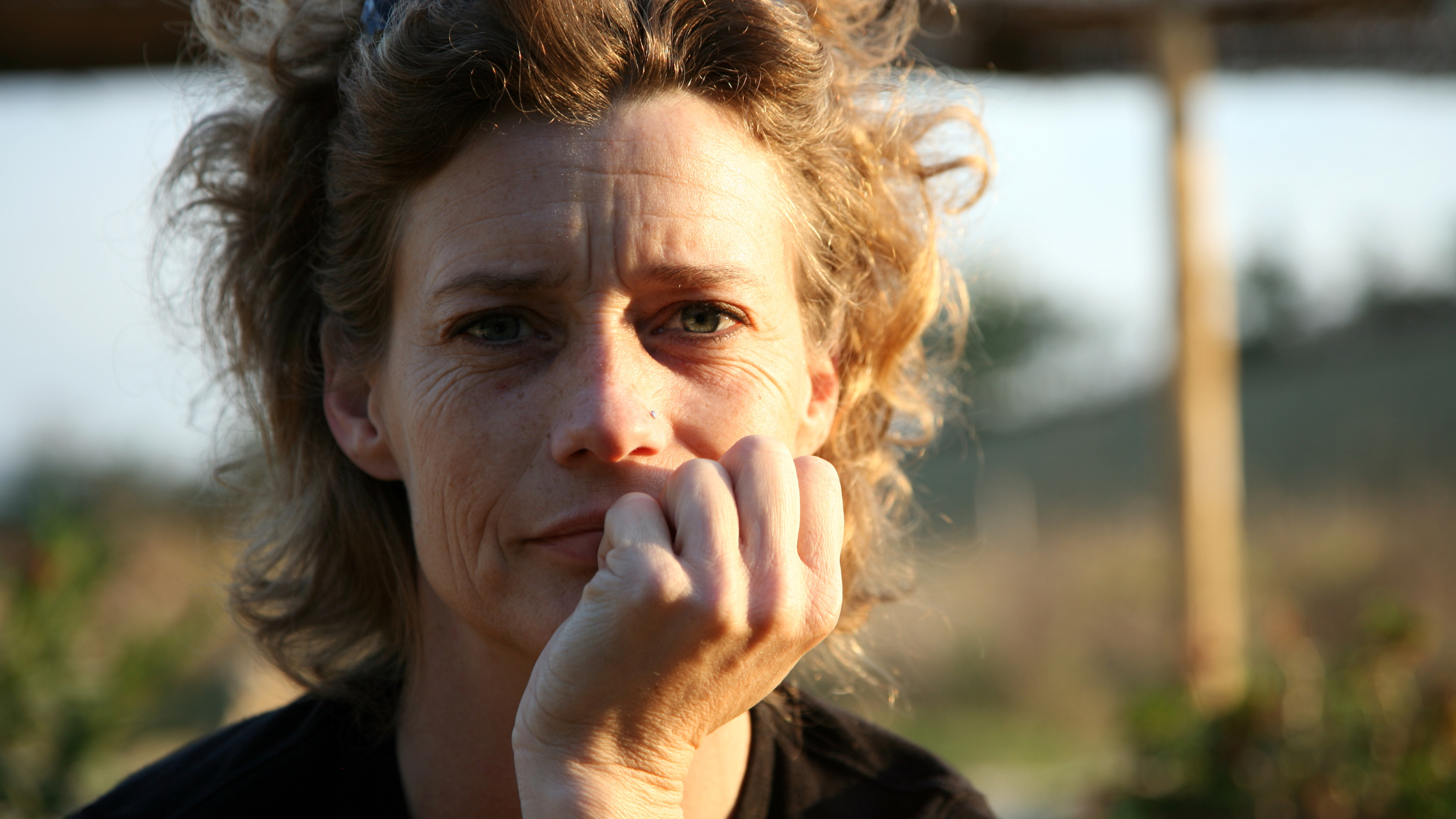June 29, 2023 by Ashley Norris
Lone Star Legal Aid’s Brittany Hightower Helps Mom Stop Invasive Visual Recording in a High-Stakes Family Law Case
Christina and Gabriel were best friends, husband and wife, and parents to three girls. Gabriel was described as goofy and a good listener – but he had a secret that would destroy their blended family unit.
Christina’s middle daughter found Gabriel’s phone recording her taking a shower. She was just 13 at the time. It was clear that he intended to record the video and to hide it. When she looked through his phone and saw other recordings, she immediately put the phone back and pretended she didn’t find it.
The next school day, she told her school counselor what happened. Her school counselor reported it to the local police department and Child Protective Services (CPS). A detective then called Christina, explaining what her daughter had reported, and asking her to bring Gabriel’s phone to the school without him knowing. It was a rare weekday off for both Christina and Gabriel, so she grabbed his phone from their bedroom and left without a word.
At the school, Christina gave the detective permission to look through Gabriel’s phone, which she had authority to do because the phone was considered community property. The detective found multiple other videos of her middle daughter as well as videos of her oldest daughter and her mother, some dating back as far as five years. The detective confiscated Gabriel’s phone as evidence.
Gabriel was charged with three counts of invasive visual recording. By definition, invasive visual recording is a sex crime in which the offender “photographs, records or broadcasts a person’s intimate areas in a space that has the reasonable expectation of privacy, such as a bathroom or a changing room, without the victim’s consent (Goldstein & Orr).”
Now set on divorcing Gabriel for the safety of her children, Christina sought the assistance of Lone Star Legal Aid. Brittany Hightower, Supervising Attorney over Program-Wide Units, took on Christina’s case.
Previously, Brittany was a Senior Staff Attorney in the Individual Safety Unit at Lone Star Legal Aid (LSLA) where she represented survivors of sexual abuse in protective orders, divorces, custody, evictions, Title IX complaints, and more. Her work with survivors was made possible by support from the Texas Access to Justice Foundation (TAJF) as LSLA is one of nine grantees in TAJF’s statewide network, Legal Aid for Survivors of Sexual Assault.
Prior to joining LSLA, Brittany worked as an attorney for the Office of the Attorney General of Texas, the Williamson County Attorney, and Texas Advocacy Project. She was named one of Texas Lawyer’s 2016 Lawyers on the Rise. Brittany earned her J.D. from Georgetown University and her B.A., summa cum laude, from Texas State University.
The case, having involved domestic violence, included not only obtaining divorce, but addressing custody, support, and appropriate terms of possession as well. While the divorce was pending, Christina’s 6-year-old daughter confided in her something no mother ever wants to hear. Upon forensic investigation by the detective who handled the invasive visual recording cases, a history of sexual abuse was confirmed.
Even the most sensitive detectives can seem intimidating to children who feel like they might get in trouble for sharing what happened to them. After receiving information from the school counselor, the detective contacted Christina to begin gathering evidence. The detective then made a report to CPS, which is required by the law. The detective let the CPS investigator interview Christina’s children.
“In addition to having a college degree in social work or criminal justice, CPS investigators go through months of in-class and on-the-job training to learn how to appropriately interview children,” says Brittany. “Kids are extremely susceptible to any suggestions or being subtly or unknowingly coerced into saying what they think the interviewer wants them to say. Moreover, talking about abuse can retraumatize kids. We don’t want to make them talk about the abuse more often than necessary. For these reasons, the best practice is to have someone with advanced training conduct the interview.”
After the CPS investigator interviewed the kids, they set up a forensic interview at the Child Advocacy Center. During the forensic interview, a professional with additional training in interviewing children conducted another short interview in a safe environment and recorded the interview.
While the school counselor reported the crime to the police department, the crime happened at Christina and Gabriel’s private rental, which is under the jurisdiction of the Sheriff’s Office. To prevent Christina and her children from having to travel to multiple places and tell their story multiple times, the detective collected the evidence and referred the case out to the Sheriff’s Office.
Christina’s 14-year-old and 17-year-old were from a previous relationship and together, Christina and Gabriel had a 6-year-old. To prioritize safety, Brittany obtained a Protective Order for Christina and her three daughters until their 6-year-old turns 18. A domestic violence protection order is a court order that prohibits the abuser from contacting or harassing the survivor. This order can also require the abuser to leave the survivor’s home or provide financial support.
As a result of the divorce, Christina received a $13,000 lump sum settlement. With the settlement money, she was able to buy a new home for her family. Of the case, Christina shares, “He was my best friend and I thought a loving dad. I have no idea who he is anymore.”
Gabriel is currently awaiting trial in jail; he has not been sentenced for his crimes yet. In May 2023, Gabriel accepted a plea deal, agreeing to plead guilty to some of the charges. After the Judge accepts or declines his plea deal, the county will conduct a pre-sentencing evaluation, which will help the Judge determine Gabriel’s sentence based on the offense, his background, and his likelihood to reoffend.
In this case, Christina’s middle daughter found the hidden camera by chance. To protect your privacy and security, here’s how to identify a hidden camera.
- Hidden cameras can be disguised as clocks, smoke detectors, or wall outlets, and have tiny lenses or pinhole openings that reflect light differently from other objects. Make sure to check the area for unusual or out-of-place objects, mirrors, picture frames, and other reflective surfaces with unusual reflections or glimmers.
- Some hidden cameras have built-in microphones that emit faint buzzing or clicking sounds. As these sounds are difficult to hear, you’ll want to turn off electronics and unplug appliances and listen closely for anything unusual.
- Hidden cameras that transmit footage wirelessly will emit radio frequency (RF) signals. To identify RF signals, you will need a portable wireless signal detector, which can be pricey.
- Many hidden cameras use infrared (IR) technology to capture footage in low-light conditions. To detect IR lights, turn off all lights and turn on your smartphone camera. If you see a purplish glow on the screen when pointing it toward certain objects, there may be a hidden camera.
- It may also be helpful to scan your Wi-Fi network for hidden cameras. To do so, search your smartphone’s app store for a “network scanner” and check for device names that you do not recognize. It’s worth noting that apps promising to detect hidden cameras are not always the most reliable method.
It may take one or more of the above methods to identify a hidden camera. If you have evidence of invasive visual recording, it is important to report the crime to the law enforcement.
If you are a survivor of domestic violence or need help with divorce and custody issues, apply for free legal assistance by filling out our online application or calling 1-800-733-8394.
*Names have been changed to protect the identity of the client(s).
Lone Star Legal Aid (LSLA) is a 501(c)(3) nonprofit law firm focused on advocacy for low-income and underserved populations by providing free legal education, advice, and representation. LSLA serves millions of people at 125% of federal poverty guidelines, who live in 72 counties in the eastern and Gulf Coast regions of Texas, and 4 counties in Southwest Arkansas. LSLA focuses its resources on maintaining, enhancing, and protecting income and economic stability; preserving housing; improving outcomes for children; establishing and sustaining family safety, stability, health, and wellbeing; and assisting populations with special vulnerabilities, like those with disabilities, the aging, survivors of crime and disasters, the unemployed and underemployed, the unhoused, those with limited English language skills, and the LGBTQIA+ community. To learn more about Lone Star Legal Aid, visit our website at www.LoneStarLegal.org.
Media contact: media@lonestarlegal.org

